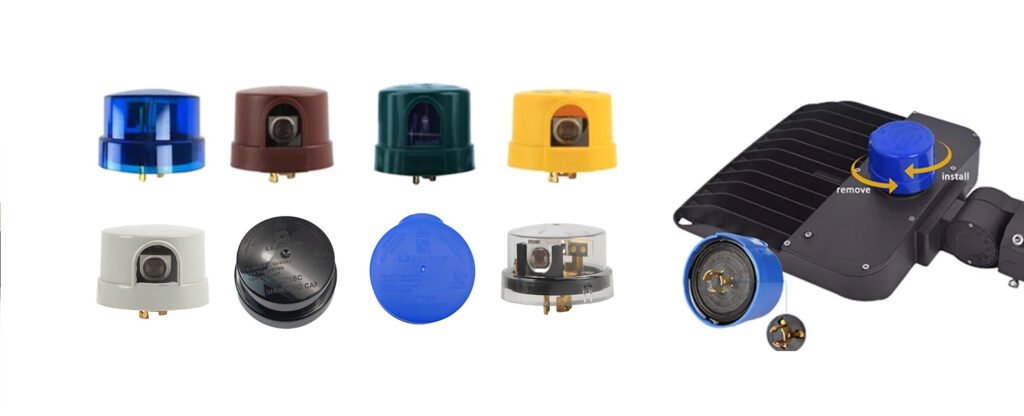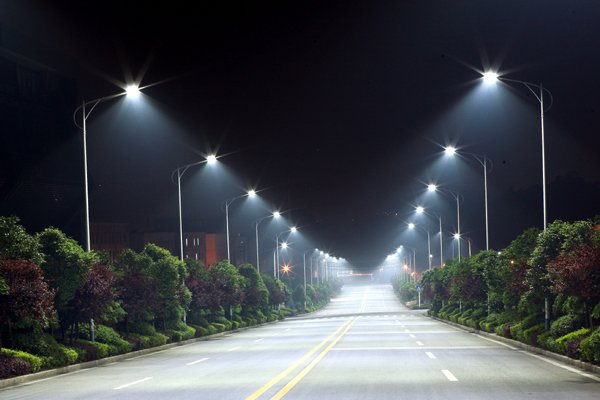Outdoor lighting is one of the most essential elements in guaranteeing security, energy efficacy, and complete metropolitan expansion. From urban streetlights to private campuses, outdoor lighting systems must retort intelligently to varying ecological conditions. This is the point where customizable photocell sensors turn out to be important. These small but dominant devices, time and again called dusk-to-dawn sensors, control when lights switch on or off depend on atmosphere light levels.
While numerous standard fotocelsensoren perform effectively for basic applications, modern lighting projects hardly follow a “one-size-fits-all” tactic. Cities, commercial property managers, and OEM lighting manufacturers over and over again have distinctive requirements that cannot be met by common sensors. In case its voltage congruent, lux sensitivity, socket type, or branding, smart lighting customization permits project-specific way outs that develop effectiveness and trustworthiness.
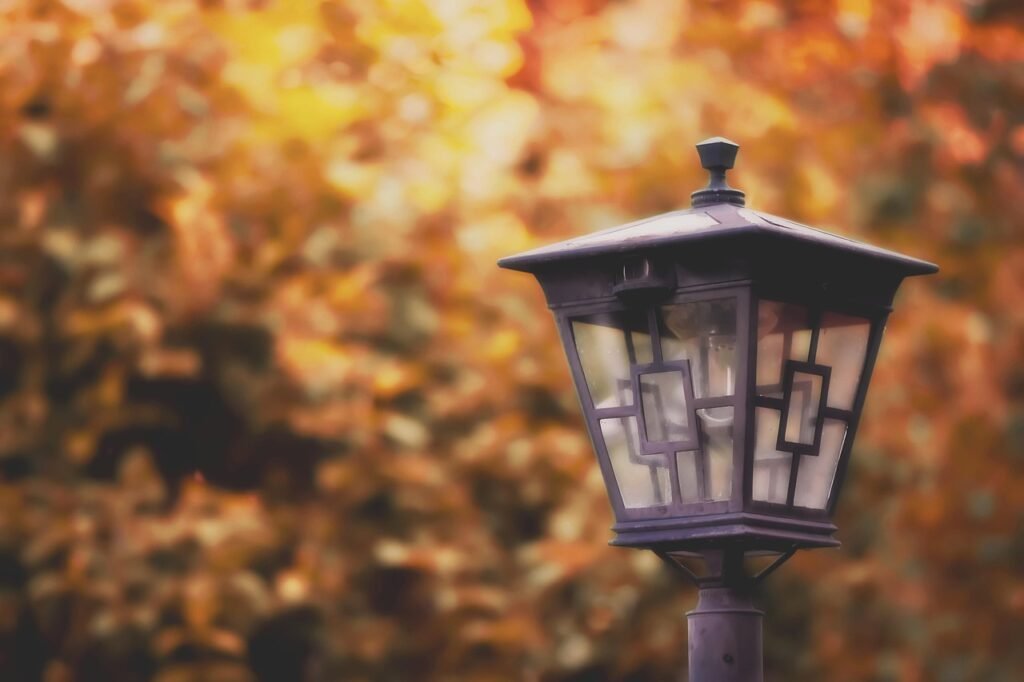
Why Customization Matters in Photocell Sensors
In essence of any dusk-to-dawn system lies the photocell sensor. Its job is simple: sense daylight conditions and adjust lights consequently. But in practical situations, different projects face different challenges:
- A city may need streetlights in covered residential areas to stimulate earlier than those fitted on open highways.
- A parking lot operator may possibly need dusk-to-dawn sensor options that conform to local voltage standards to evade untimely failures.
- An OEM photocell design might incorporate a company’s branding to line up with its product portfolio.
These cases show why customizable photocell sensors are not just a luxury, but often a necessity. They ensure lighting systems works safely, proficiently, and in acquiescence with regional or industry standards.
Key Parameters in Photocell Sensor Customization
While assessing dusk-to-dawn sensor options, some customizable aspects stick out. All plays a vibrant role in performance, compatibility, and durability.
Voltage Ranges
Different electrical structures need different voltage levels. Outdoor lighting systems may operate at:
- 120V – In residential and small commercial settings
- 208–240V – normally used in larger commercial or municipal projects
- 277V – standard in many North American industrial and institutional facilities
- 480V – needed for high-powered systems such as highways or stadiums
Selecting the right voltage is vital for safe operation and to avoid harm to luminaires. Constructers frequently offer multi-voltage or project-specific voltage customization, warranting sensors are prepared for various applications without costly alterations.
Lux Thresholds
The lux threshold expresses the light level at which sensors activate fixtures to turn on or off. Regulating this framework is one of the most real features of smart lighting customization.
- Streetlights every so often require thresholds around 10–16 Lux ON / 50–65 Lux OFF for best performance.
- Paths and residential lights may need more thresholds to guarantee visibility and safety for walkers.
- Commercial parking lots may set custom lux levels to balance security with energy savings.
By improving lux sensitivity, lighting experts can eradicate annoyance switching caused by short-term changes in light, while enhancing energy consumption.
Housing Colors and Branding
For OEM photocell design, attraction and identification are frequently just as important as technical performance. Various producers offer housings in particular colors.
- Branded housings support contractors and maintenance staffs to rapidly recognize compatible sensors in the field.
- Color-coded designs can make things easier for extensive installations where numerous sensor types are installed.
- Distinctive branding strengthens product uniqueness, giving OEMs a professional superiority in the market.
This form of customization turns a standard component into a brand-building opportunity.
Tijdvertragingsinstellingen
Abrupt flashes of light from car headlights or passing clouds must not cause outdoor lights to switch needlessly. To deal with this, most sensors include time-delay features that can be attuned to bout the project environment.
- Little suspensions are suitable for areas where quick response is important.
- Longer delays are better for rural or highway systems where light fluctuations are more common.
Time-delay customization confirms steady process, averting energy waste and decreasing wear on luminaires.
Socket Type: NEMA or Zhaga
AMONG THE MOST critical dusk-to-dawn sensor options includes socket compatibility. The two prevailing interfaces are:
- NEMA-aansluitingen (3, 5, or 7-pin): Generally used in North America, these offer strong connections and empower integration with innovative smart control systems.
- Zhaga Book 18 sockets: Popular in Europe and smart city projects, this compact, low-voltage interface supports D4i communication for improved INTEGRATION.
Selecting the correct socket safeguards compatibility with up-to-date luminaires, smart controllers, and progressing IoT-based lighting systems.
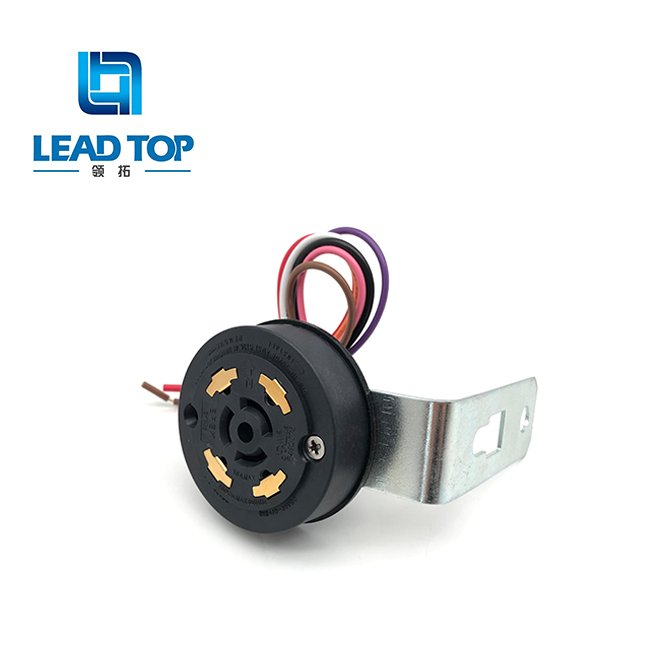
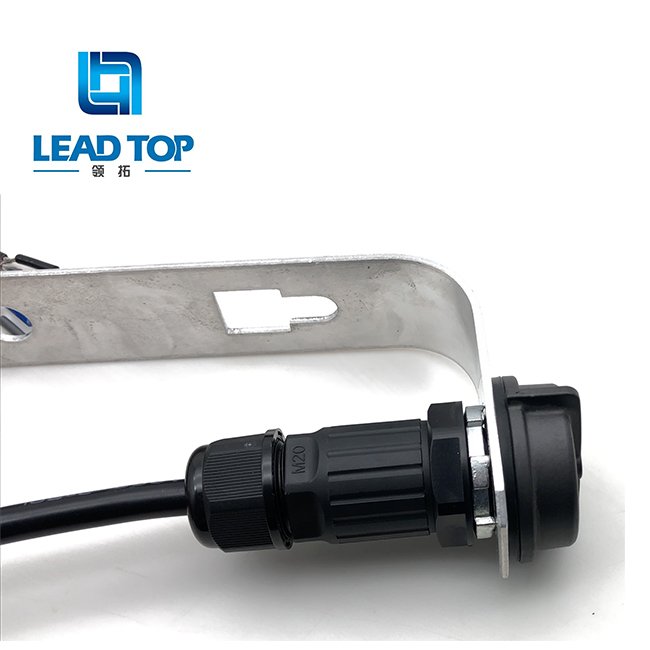
Benefits of Customization for Project-Specific Applications
The benefits of customizable photocell sensors go surpassing suitability. Personalized design features offer quantifiable benefits for cities, workers, and OEMs equally.
Better Effectiveness – Lights turn on and off exactly when required, decreasing needless energy use and dropping utility costs.
Continuous Integration – Custom factors guarantee sensors line up with regional electrical standards, smart city protocols, and existing luminaire designs.
Improved Dependability – By giving importance project-specific challenges for example inconsistent voltage, customized sensors last longer and require less maintenance.
Stronger Branding – For OEMs, custom photocell design builds a unified product identity across fixtures and accessories.
Future-Proofing – Adjustable lux thresholds, programmable delays, and modern socket types keep systems relevant as smart lighting technology evolves.
The Role of Customization in Smart Lighting
For smart cities and IoT-driven infrastructure, photocell sensors are not just on/off switches. They are now essential parts of larger control ecosystems. Smart lighting customization permits amalgamation with wireless networks, remote monitoring, and adaptive lighting controls.
Such as:
- A city installing smart streetlights may use photocell sensors with Zhaga sockets to enable D4i communication with central management systems.
- A commercial campus might select sensors compatible with motion-detection modules for hybrid lighting solutions.
- OEMs can request sensor designs optimized for connectivity with cloud-based analytics platforms.
This new era of dusk-to-dawn sensor options emphasizes not just functionality, but intelligence and adaptability.
Conclusie
As the demand for outdoor lighting is rising now a days, customizable photocell sensors provides the versatility required to encounter varied requirements. From voltage ranges and lux thresholds to branding, socket types, and time-delay settings, these sensors are customizable to bring harmless, effective, and project-specific results.
For towns, contractors, and OEM lighting manufacturers, customization confirms acquiescence, effectiveness, and prolonged trustworthiness. Primarily, it converts typical dusk-to-dawn sensors into dominant, branded solutions that conform to the growing needs of smart cities and advanced lighting systems.
To sum up, OEM photocell design and smart lighting customization offer the basis for lighting solutions that are not just functional, but visionary. By spending in customization now, cities and companies equally formulate their structure for tomorrow’s smarter, more sustainable world.


